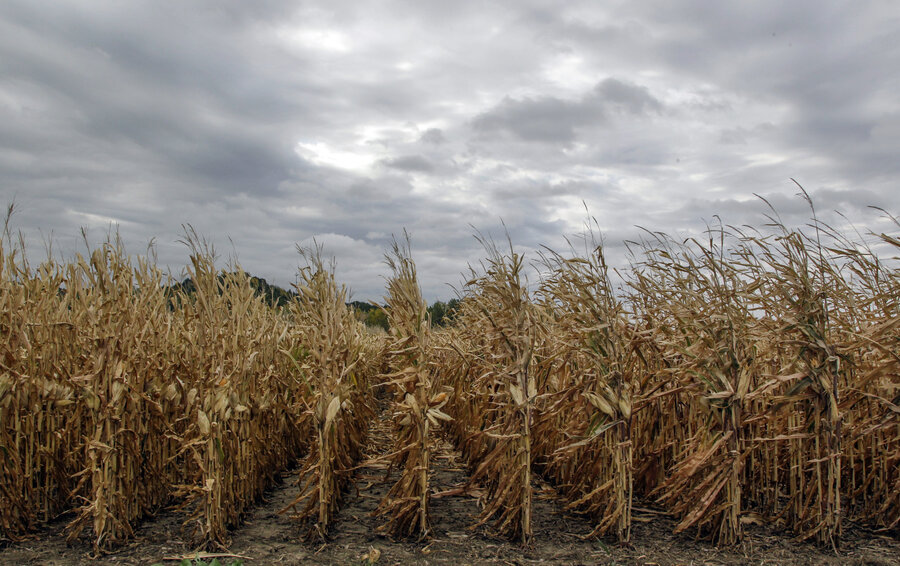How to grow rice, wheat, and corn sustainably
Loading...
Achieving the United Nations’ Sustainable Development Goals – especially the crucial goals of zero hunger and zero poverty by 2030 – requires a global transition to more productive, inclusive and sustainable agriculture.
This week, the U.N. Food and Agriculture Organization (FAO) makes what we believe are two important contributions to that transition. First, this week it released, Save and Grow in practice: maize, rice, wheat, a new guide which shows how the three crops fundamental to world food security can be grown in ways that boost yields, strengthen small farmer livelihoods, reduce pressure on the environment, and build resilience to climate change.
At the core of FAO’s “Save and Grow” model of agriculture is an ecosystem approach, which capitalizes on natural biological and ecosystem processes, such as biological nitrogen fixation, soil nutrient cycling, pollination and bio-control of insect pests and diseases. It builds resilient and integrated farming systems that are highly productive while protecting and enhancing agriculture’s natural resource base and reducing reliance on chemical inputs.
How that does that work in practice? FAO’s new guide, prepared with some of the world’s leading crop production specialists, shows how key Save and Grow recommendations –conservation agriculture, improved varieties adapted to smallholder needs, water-conserving technologies and integrated pest management – have helped restore production in some of the developing world’s major grain belts, and lifted the productivity of low-input systems common in Central America and Africa.
On South Asia’s Indo-Gangetic Plains, returns to Green Revolution technology packages have been stagnating since the 1990s. Now, practices such as direct-seeding without tillage, surface mulching and permanent bed planting have helped wheat farmers reduce production costs by 20 percent while achieving yield increases of up to 10 percent. With dry seeding and alternate wetting and drying of rice fields, instead of continuous flooding, rice farmers cut water consumption by up to 50 percent. In Kazakhstan, one of the world’s leading adopters of conservation agriculture, untilled wheat land produces higher yields than ploughed land, and carries lower production costs.
The guide highlights the rewards of growing cereals with legumes, and integrating crops with animal production and forestry. In East Africa, a maize system uses two leguminous plants to provide year-round soil cover and high-quality fodder as well as to produce volatile chemicals that help destroy maize insect pests and Striga weed.
In Asia, farming families that raise fish in their rice fields harvest more rice and have more nourishing diets. In Brazil, zero-tillage systems that intercrop pasture and maize produce up to three cereal crops a year and help restore land degraded by past soybean monocropping. In Zambia and Malawi, keeping nitrogen-rich trees in maize fields is more cost-effective than mineral fertilizer.
While Save and Grow is proving itself in farmers’ fields, the challenge is to upscale the approach in national programmes. Responses to that long-term challenge – including a revitalized global partnership for development and major increases in investment in agriculture – will be explored in the second of FAO’s initiatives this week.
In Rome, on January 19th, we hosted a high-level roundtable that will build on the book’s findings to assess the potentials of ecosystem-based agriculture in achieving the Sustainable Development Goals. Among our guest speakers were world leaders in the field of agricultural research and development: Martin Kropff, Director-General of CIMMYT,Mahmoud Solh, Director-General of ICARDA and Achim Dobermann, Director ofRothamsted Research, UK.
The event was webcast, and the recording of the two hours of discussion can be seen here.
This article first appeared in Food Tank.







